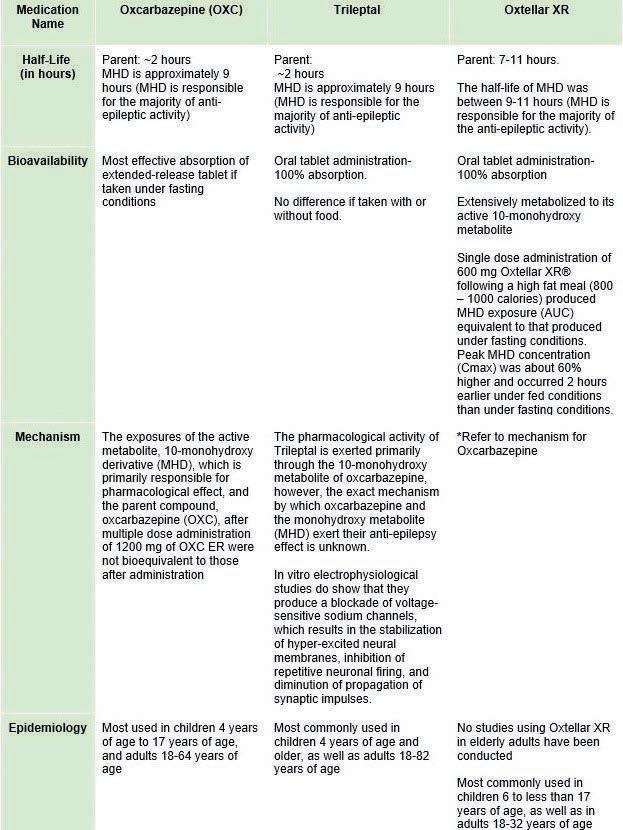Scholarly Research In Progress • Vol. 5, November 2021
Pronounced Declines in Licit Fentanyl Utilization and Changes in Prescribing and Reimbursement Practices in the United States, 2010-2019 Raymond A. Stemrich1†, Jordan V. Weber1†, Kenneth L. McCall2, and Brian J. Piper1,3 ¹Geisinger Commonwealth School of Medicine, Scranton, PA 18509 ²University of New England, Portland, ME 04103 ³Center for Pharmacy Innovation and Outcomes, Forty Fort, PA 18704 † Doctor of Medicine Program Correspondence: rstemrich@som.geisinger.edu
Abstract
Introduction
Background: Fentanyl and its derivatives are highly utilized opioid-based analgesics provided to patients in various formulations. The evolving opioid crisis over the past decade has increased pressure on the health care industry to monitor opioid production. Different policies and procedures implemented to contain the crisis from a controlled substance standpoint have changed the utilization patterns of some opioids. A prior report identified 3-fold differences between states in fentanyl use. This study explored fentanyl distribution patterns from 2010 and 2019.
The opioid crisis continues to plague healthcare in the United States (U.S.) despite legislation enacted by the government, scrutiny placed on pharmaceutical companies, and limitations restricting opioid prescribers. Fentanyl, a synthetic μ-receptor agonist, is employed as an analgesic administered in several formulations including injectable and transdermal patches (1). Fentanyl and its derivatives alfentanil, sufentanil, and remifentanil are most often utilized as intraoperative analgesics and in the management of chronic pain, particularly related to cancer and chemotherapies (1, 2). The potency of fentanyl, the diversity of administrative routes, and the low cost of its production have resulted in it becoming a frequently misused substance (2, 3).
Methods: The amount of fentanyl base distributed from 2010 to 2019 was obtained from the Drug Enforcement Administration. Sufentanil, alfentanil, and remifentanil were also analyzed from 2010 to 2017, the most recent year reported. Prescriptions, units, and reimbursement for 2010 and 2019 were obtained from Medicaid and fentanyl prescriber specialty from Medicare Part D. Results: There was a 65.5% decrease in the milligrams of fentanyl per person distributed when correcting for population. From a regional perspective, Ohio had the greatest decrease (-79.3%) while Mississippi saw the smallest (-44.5%). There was a 6.8-fold regional difference in the quantity of fentanyl distributed in 2019 from hospitals (South Dakota = 775.2, Alabama = 113.2 ug/person). The regional difference was also sizeable for pharmacies (6.2-fold, Mississippi = 1,025.3, Washington, D.C. = 165.6). Medicaid reimbursement in 2019 was $165 million for over eight hundred-thousand prescriptions with the majority for generic (99.7%) and injectable (77.6%) formulations. Interventional pain management and anesthesia were overrepresented, and hematology/oncology significantly underrepresented for fentanyl in Medicare. Conclusion: The production and distribution of fentanyl-based substances decreased, although not uniformly, in the United States over the last decade. Additionally, the most prescribed formulations of fentanyl have transitioned away from transdermal, potentially in an effort to regulate its availability. Although impactful, overdose deaths attributed to synthetic opioid deaths continue to increase, highlighting the need for targeted public health interventions beyond the pharmaceutical and medical communities.
Synthetic opioids pose risks beyond dependence. Commonly prescribed in chronic respiratory conditions (e.g., COPD), opioids treat pain, insomnia, and refractory respiratory symptoms (4). Potent derivatives like fentanyl increase risks of severe adverse effects contributing to the increased mortality due to respiratory complications such as pneumonia observed in this population (4). Additionally, opioid use during pregnancy has been linked to teratogenic effects and neonatal abstinence syndrome (NAS) (5). Estimated to have impacted one newborn per hour in 2009 in the U.S., the syndrome causes disruptions in brain development and is associated with cardiac defects, spina bifida, and gastroschisis (5–7). The U.S. has a history of battling illicit substances and prescription drug misuse, but since the early 2000s the opioid crisis has been evolving. The steep increase in drug-related mortalities has been linked to two major factors: the overprescription of opioids and the illegal manufacturing of fentanyl and fentanyl analogues (8–13). Over-prescribing began in the 1990s and accelerated in the 2000s. This led to an increase in opioid dependence among patients and increased the diversion and misuse of prescribed opioids in the street markets. The extent of this crisis gained national attention in 2016 when roughly 11 million people were estimated to have misused prescription opioids (14). The initial focus of combating this growing epidemic was directed at regulating prescription fentanyl, specifically related to the apparent over-prescribing of opioids. Some of these measures included state legislation limiting the amount of
237












































